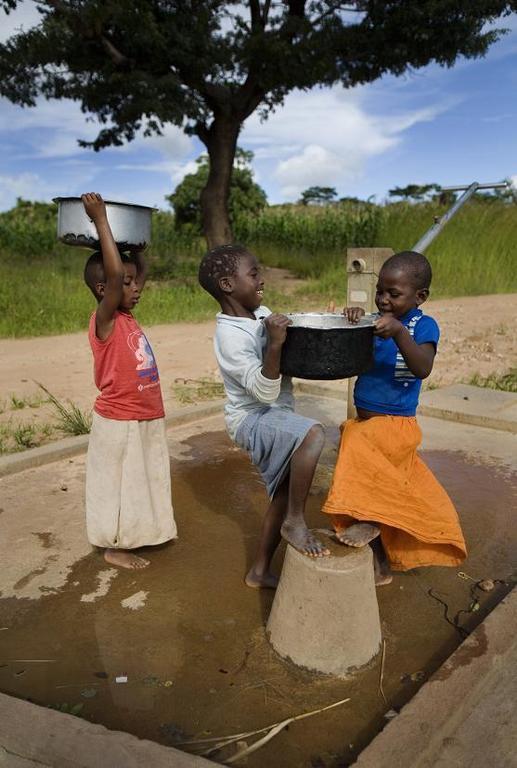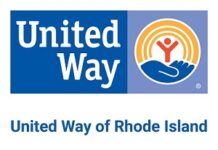
In 1937, in the midst of the Spanish Civil War, British war correspondent John Langdon-Davies found a boy alone in the war-torn city of Santander. On the child was a note that read, “This is José … . I am his father. When Santander falls, I shall be shot. Whoever finds my son, I beg of him to take care of him for my sake.”
Langdon-Davies took the boy with him and soon, with three other young activists, formed the non-denominational Foster Parents Plan for Children in Spain with the hope of helping orphans during the Spanish Civil War.
Over the years, that organization – now called Plan – has grown substantially. Instead of helping children in just one nation, the nonprofit now provides aid to children in 49 developing countries, conducts fund raising in 17 countries and has annual global revenue of between $500 million and $600 million, $45 million of which is from the United States.
And though each of the 17 donor countries runs its own corporation, Plan has strong roots in Rhode Island.
Since 1973, Plan USA has had its headquarters in Warwick. And until the early 1990s, Plan International, which links all of the smaller corporations, was based in East Greenwich.
“Rhode Island is one of the best areas for us as far as the number of sponsors per capita, and it’s not because we’re located here,” said Bruce Rutter, Plan USA’s acting CEO. “You read about how cheap and ungiving New Englanders are, but when it comes to Plan, Rhode Island is the best state.”
Like several other humanitarian organizations, Plan invites donors to “sponsor” a child, but over the years, it has changed how it distributes the money.
“We used to run orphanages during the Spanish Civil War,” said Rutter. “Then, from the 1950s until the 1970s, it expanded to poor developing countries. There we would mostly get them the things they didn’t have, like milk, food, inoculations, clothes and blankets.”
Plan officials realized, however, “that for lasting change, you can’t give people things – people really wanted help changing their own lives,” Rutter said. “And if you just try to help one family, it doesn’t stick, and it causes jealousy and more problems in the communities.”
So, in the 1980s, Plan morphed into a community development organization. Whereas before, the donations from a child’s sponsor went to buy blankets, food and other items, Rutter said, “now that money is pooled, and it goes for a project that helps all of the children in the area.”
Plan now goes into communities and organizes groups of residents to talk about what they need and figure out what they can do with the money they will be getting from donors sponsoring children in the community. And the people from the community do much of the work on projects ranging from new schools to drilling wells to building hospitals.
“If you’re dirt poor, and you’ve been living on a tiny farm in Ecuador, and nothing seems to change, why would you think you could change your life?” Rutter said. “But if someone came in and said, ‘You can change this,’ and showed you how, you would see that you weren’t powerless.”
But this change in philosophy does not affect the relationship that can be forged between a donor and sponsor child. Donors still choose, or allow Plan to choose, a child to sponsor and have direct contact with that child through letters and updates on the projects they are supporting in the community. Donors are also allowed to send small gifts directly to their sponsor child, although there are limits, because that can cause animosity within communities.
As Plan grows, it is branching out into even more areas, such as working with other nonprofits to provide micro-loans, usually between $50 and $60, and to get young people, both in developing countries and donor countries, engaged in the issues affecting poor communities.
For those in developing countries, Rutter said, having a way to discuss, through radio and magazine projects, the issues affecting them, gives them a “sense of their own potential.” And for those in donor countries, it encourages them to get involved and help.
Young people in donor countries “speak out about things that their peers and neighbors should know about poor children,” he said. “Young people are just more idealistic. It’s hard to get 55-year-olds to pay attention.”
Plan is also still growing geographically and will soon be opening field offices in Rwanda, Liberia and Laos.
“Not only do we have children in the communities waiting for sponsors,” Rutter said. “But we’re waiting to work in new communities.”
To learn more about Plan USA, go to www.planusa.org.












